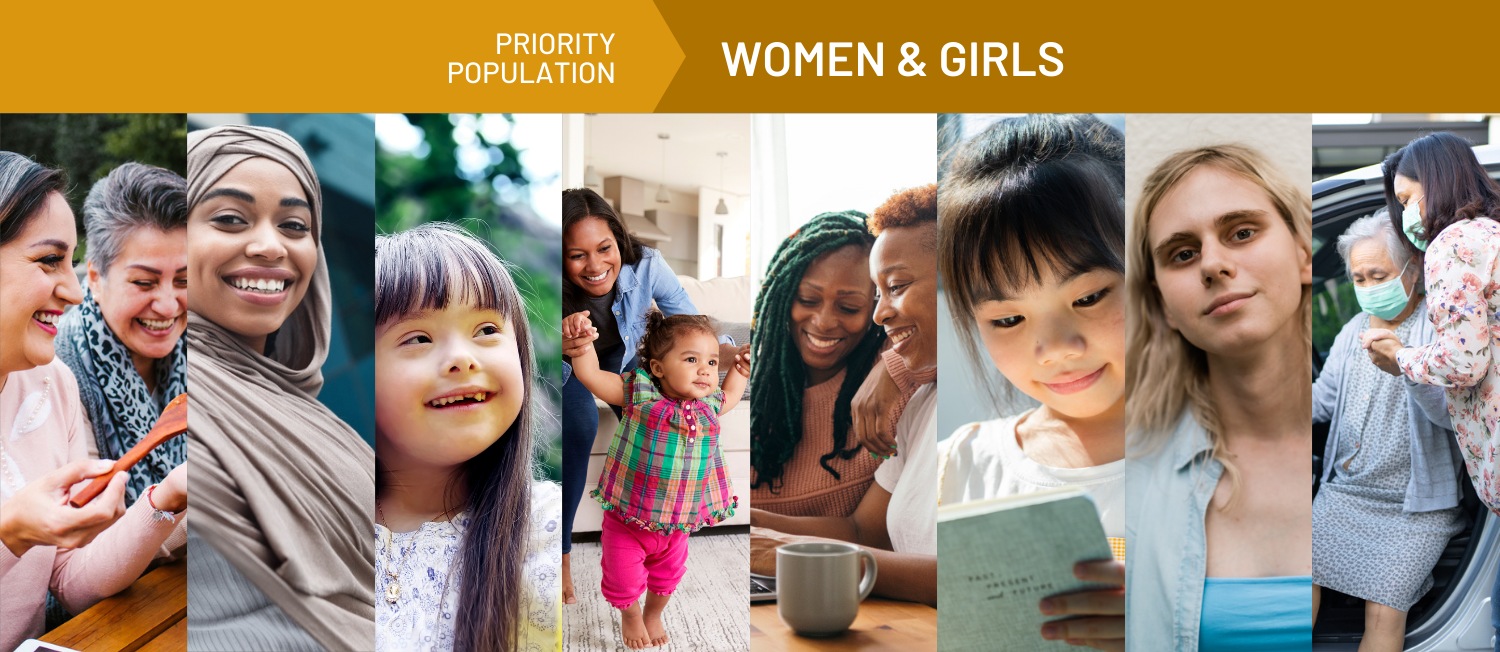Gender Pay Equity
Job creation and economic opportunity are critical issues for women, many of whom continue to struggle with economic insecurity and wage discrimination. Despite civil rights laws and advancements in women's economic status, pay inequality still persists. Typically, women who work full time take home about 82 cents for every dollar a full-time male worker earns. Over a career, women's total earnings loss compared with men are $700,000 for a high school graduate, $1.2 million for a college graduate, and $2 million for a professional school graduate.
One often cited reason for the pay gap is that women take a break during their careers to take care of children and other family members. While it is true that women take on more of the family caregiving responsibilities, that does not fully explain away the gap. Discrimination, occupational and gender stereotypes, and disproportional layoff rates persist, especially for women of color.
According to 2024 Gender Pay Gap Report the gender pay gap is wider for women of color, women in executive level roles, women in certain occupations and industries, and in some US states. Women consistently earn less than men, and the gap is wider for most women of color. The largest pay gap is for American Indian and Alaska Native women, black or African American women, and Hispanic women. These women earn $0.75 for every dollar a white man earns, which improved by $0.01 from 2019.
The report The Simple Truth About the Gender Pay Gap states that though women now outpace men in higher education, women also hold nearly two-thirds of the outstanding student debt in the United States. And because of the gender pay gap, women have a harder time repaying loans. In fact, the gender pay gap actually increases for women at higher education levels.
Closing the pay gap has enormous social and economic benefits. If women were paid fairly, we could cut the poverty rate in half and inject $512.6 billion into the U.S. economy. At the current pace, women are not estimated to reach pay parity with men until 2059.
Resources & Tools
The Growing Gap: Gender Pay Equity, Meaningful Work, and Wealth during COVID-19
Story
-
 Original
Original
Brought to you by Community Commons
Improving Access to Paid Family Leave to Achieve Health Equity
Resource - Policy Brief
Brought to you by RWJF
Pay Equity Is Health Equity: Compensating People With Lived Experience
Resource
Brought to you by DASH
Reducing Child Poverty in the US: Costs and Impacts of Policies Proposed by the Children's Defense Fund
Resource
Brought to you by Urban Institute
LGBT Data: Who Is Helping to Fill the Gap?
Story
-
 Original
Original
Brought to you by Community Commons
Published on 01/19/2017
Paid Family Leave and Sick Days in the U.S.
Story
Brought to you by Community Commons
Published on 01/09/2018
Related Topics


















